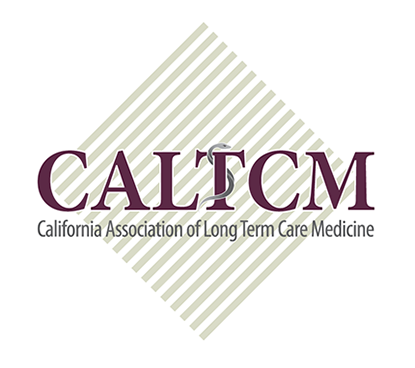Creating an Authentic Medical Director and Director of Nursing Partnership
In recent years, medical directors and other physicians practicing in post-acute care settings have recognized the benefits of aligning with advanced practice nurses working in these settings. Physicians benefit by having a clinical partner participating in the medical management of their patients. Academic nursing has hailed this partnership in hopes that advanced practice nurses will help to elevate the nursing practices of nursing services offered in these settings.

